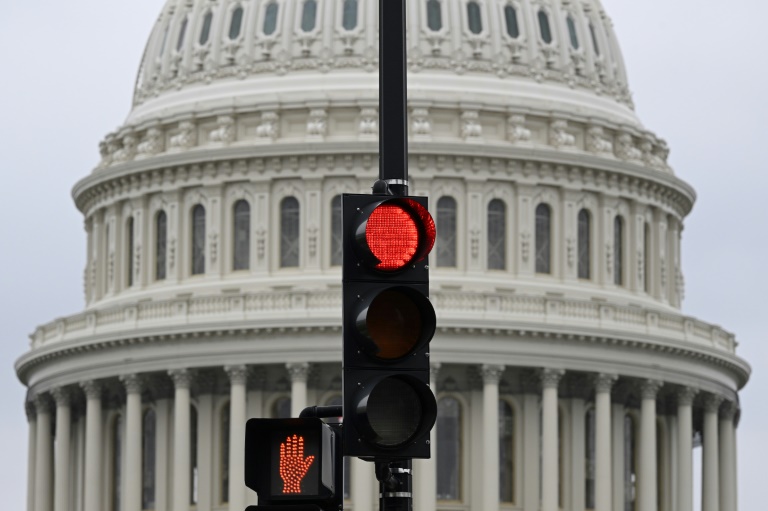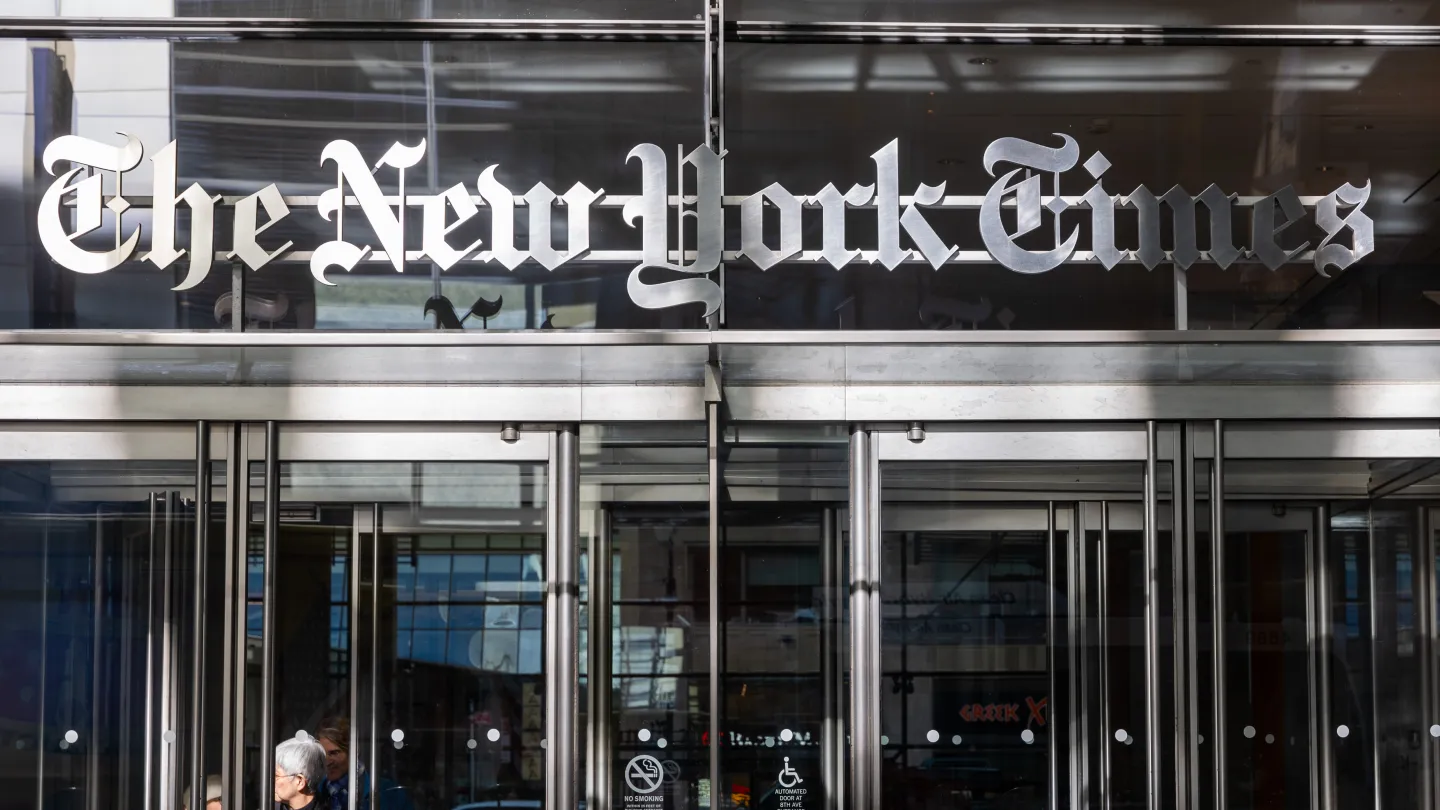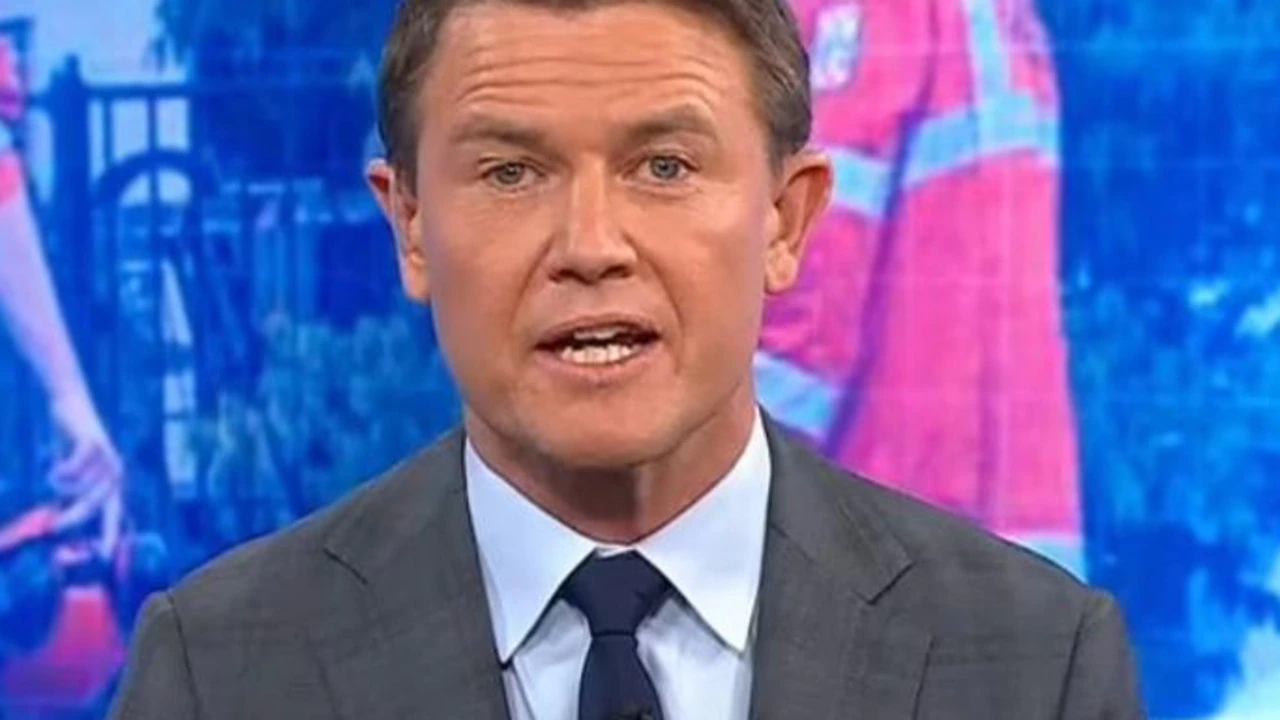
The federal funding lapse that began Wednesday is already leaving its mark on households, businesses and policymakers. While short shutdowns have historically produced limited macroeconomic damage, the longer this one lasts, the more the effects compound across jobs, spending and confidence.
Hundreds of thousands of federal employees were either furloughed or required to work without pay as agencies activated their contingency plans. According to Reuters, some departments, including the Department of Agriculture, expect tens of thousands of furloughs, while others are keeping “essential” staff on duty without immediate paychecks. Although federal law guarantees back pay once Congress passes appropriations, Bloomberg reported that families living paycheck to paycheck are already experiencing cash-flow strain.
It’s not just federal workers who are affected. Government contractors and small suppliers are among the hardest hit when funding halts. As per industry briefings cited by Federal News Network, many small contractors face delayed invoices and frozen projects, leaving them scrambling to cover payroll and operations. The Small Business Administration has also scaled back its loan approvals, which, according to Bloomberg Law, leaves entrepreneurs in limbo just as borrowing costs remain high.
The shutdown also touches safety-net programs. According to the Food Research & Action Center (FRAC), Supplemental Nutrition Assistance Program (SNAP) benefits can continue in the short term because of prior funding arrangements, but the Women, Infants and Children (WIC) program is at risk if the impasse drags on. Reuters reported that some states have contingency funds to keep WIC afloat temporarily, but program directors warn that prolonged uncertainty could disrupt services for low-income families.
The economic impact is not limited to households. Investors and policymakers are grappling with missing information. The Bureau of Labor Statistics and the Commerce Department have suspended many of their data releases. As Bloomberg noted, this leaves the Federal Reserve in a difficult position ahead of its November policy meeting, since jobs and inflation reports may be delayed. Markets, meanwhile, have reacted cautiously: equities remain volatile, while demand for U.S. Treasurys has risen as investors hedge against uncertainty.
Economists expect the shutdown to be mildly disinflationary at first. A White House memo reported by Politico estimated that consumer spending could fall by as much as $30 billion if the shutdown drags on for a month, mainly due to missed paychecks and cutbacks in discretionary spending. The same memo suggested a hit of roughly $15 billion to GDP per week, though private forecasters cited by Reuters say the weekly damage may be smaller if Congress resolves the stalemate quickly.
The Congressional Budget Office has repeatedly emphasized that the true cost depends on duration: a brief shutdown has little long-term impact, but a prolonged one can ripple through investment decisions, government services, and confidence in fiscal management. As the CBO notes, past shutdowns often produced a “catch-up” effect once funding resumed, but certain costs like delayed investment and disrupted contracts are never fully recovered.
Beyond the near-term hit to GDP, the real risk lies in credibility. As The Wall Street Journal has reported, repeated shutdowns and fiscal standoffs raise doubts among investors about the reliability of U.S. governance, which can feed into higher borrowing costs over time. Credit rating agencies have already signaled concern about ongoing brinkmanship, warning that the U.S. may face a structural “uncertainty premium” if these episodes become the norm.
Shutdowns are as much about politics as economics. In the short run, the damage is most visible in missed paychecks, shuttered small contracts, and delayed assistance to vulnerable families. Over the medium term, missing economic data and weakened consumer confidence could complicate the Federal Reserve’s inflation fight. And in the long run, the biggest cost may be the erosion of trust in the government’s ability to manage its finances responsibly.



